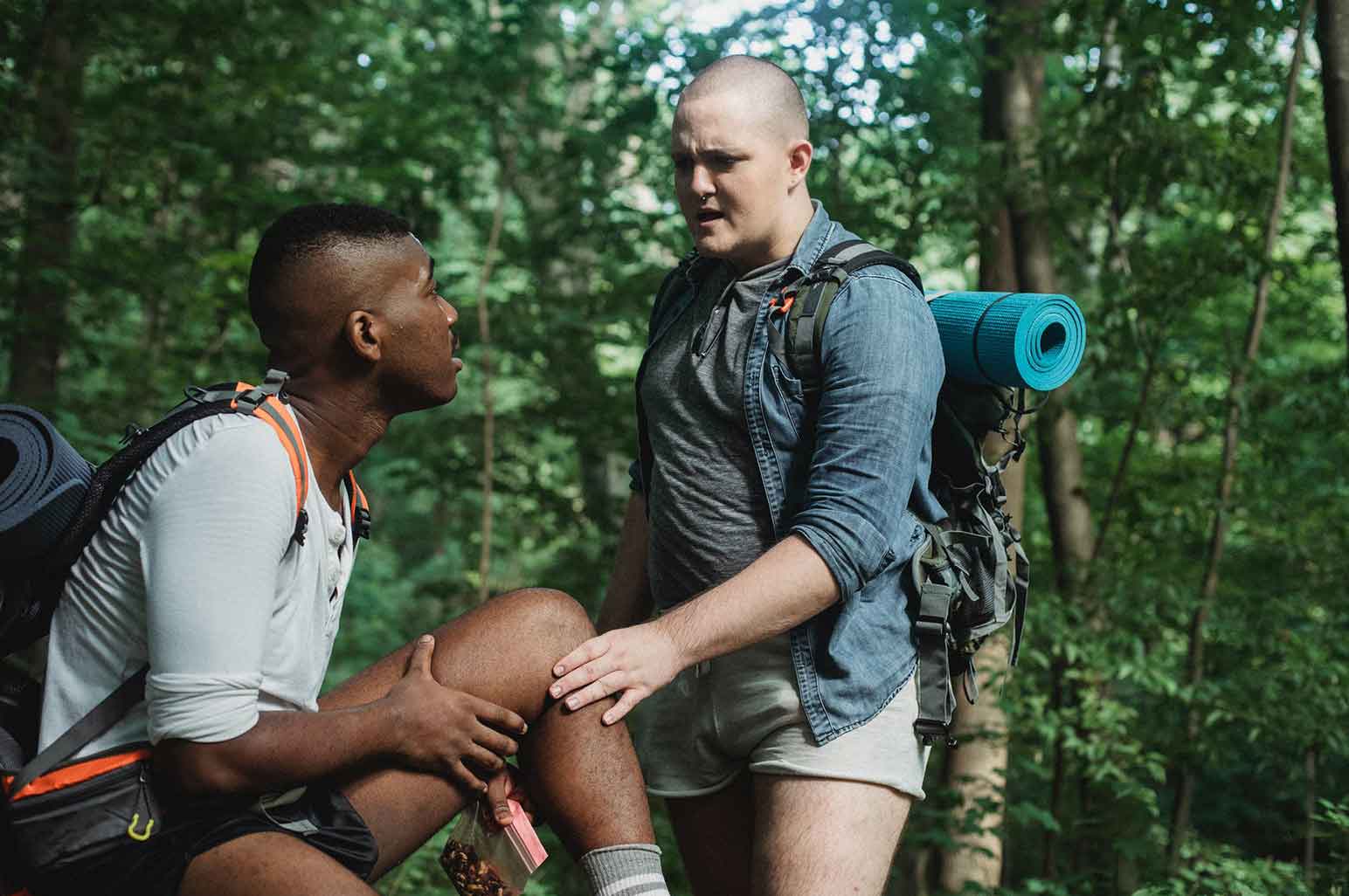
While most of us consider being organized in our outdoor adventures to mean having everything on our backpacking checklist, it is also important to have the expertise and experience to cope with easy, typical outdoor accidents that have the potential to spoil a holiday or worse.
Whether the wounded person is in the party or simply someone you’ve met along the trail, the first person on the scene always becomes the first respondent, where more specialized assistance can be hours or days away. In this article, we compiled a list of the skills and treatment required to support someone who is injured in outdoor activities.
SPRAINED ANKLES
Turning an ankle on loose gravel or a steep trail is one of the most dangerous accidents. Injuries to lower body joints, such as the knees and ankles, may have a significant effect on your ability to walk on your own. If it’s persistent injuries that flare up from overuse or unexpected injuries from a poor move in steep or uneven terrain, it’s crucial to stop and deal with soft tissue injuries. Know the pattern of recovery, rest, ice, compression, and elevation to heal a twisted ankle.
Firstly, rest your ankle by stepping out of it right away. Second, reduce the swelling by cooling it. Since you’re on the trail, you can use snow packs or, if that’s not available, soak your t-shirt in cold water and tie it around your wounded ankle. Use a rubber band to compress the joint, but do not compress it so strongly that it blocks off the circulation. Finally, raise the ankle above the level of the heart. Try to do this for 20 minutes and let the wounded person recover every two hours.
HEAD INJURIES
Mountaineering, bike riding, and basic slip along the trail will all lead to head injury. However, unlike other injuries, head injuries can be difficult to diagnose. The head does not bleed but a very severe injury may also occur. Some people who suffered a traumatic brain injury accounts for emergency visits due to head injuries. Brain damage sustained during recreation-related practices is commonly concussions. Coaches, trainers, and supervisors can be responsible if they encourage concussed participants to resume the activity or otherwise refuse to handle the accident properly.
To provide medical assistance, check the airway, ventilation, and circulation of the victim. If required, initiate the CPR and rescue breathing. Ice pads can be added to swelling areas. Call an ambulance urgently for minor to serious head trauma. While waiting for medical help, make sure the person recovering from traumatic brain injury stays lying down without moving. It is to avoid complications that can be worse than the first injury. More symptoms might show up later, so it’s crucial for head injury victims to be cautious and seek medical assistance promptly.
NEAR DROWNING
Drowning and falling are the two most frequent causes of death in the outdoors. When it comes to drowning, many of these incidents happen because hiking buddies don’t know that their colleagues are in danger until it’s too late. Usually, a drowning person would not call for help. They’re too busy struggling to catch their breath to get out of the water to scream. Try not to get into the water to rescue the drowning person if you can. Strong river waves can make even strong swimmers vulnerable in the outdoors. When you get the person out of the water, check for the pulse for at least a minute before doing some form of CPR. Perform a mouth-to-mouth resuscitation only if it is necessary and if you are qualified to do so.
CUTS AND ABRASIONS
Treating a wound or abrasion in the outdoors is no different from curing a cut at home. Your first job is to stop bleeding; your second job is to cover up the cut. Once the bleeding has stopped and the dust and dirt have been swept out of the cut, add the antiseptic cream and bandage properly.
Do not clean the wound in a creek, river, or lake. While the water in the wild may not be chemically contaminated, the bacteria in the water may also infect the wound. It’s much safer to use something like alcohol or hydrogen peroxide.

BURNS
You’re likely to be treating fire, boiling water, and hot pots with primitive tools on camping trips. Burns are another common danger that you should be conscious of. The very first step in the treatment of any burn is to avoid the act of burning. Immediately wash the affected region in cold, clear water – it may take a few minutes to avoid burning in deeper tissue. Next, coat the affected area with antibiotic ointment and clean gauze or fabric. It can continue to protect the burn site and also help to ease the discomfort of the patient.
In Conclusion
Accidents can happen, and when they occur in the middle of nowhere, when you’re miles away from a hospital, or even a mobile phone signal, you’d best be prepared. You could save lives when you’re ready. Hope this article helps you figure out how you should respond to common outdoor injuries and rescue someone.
